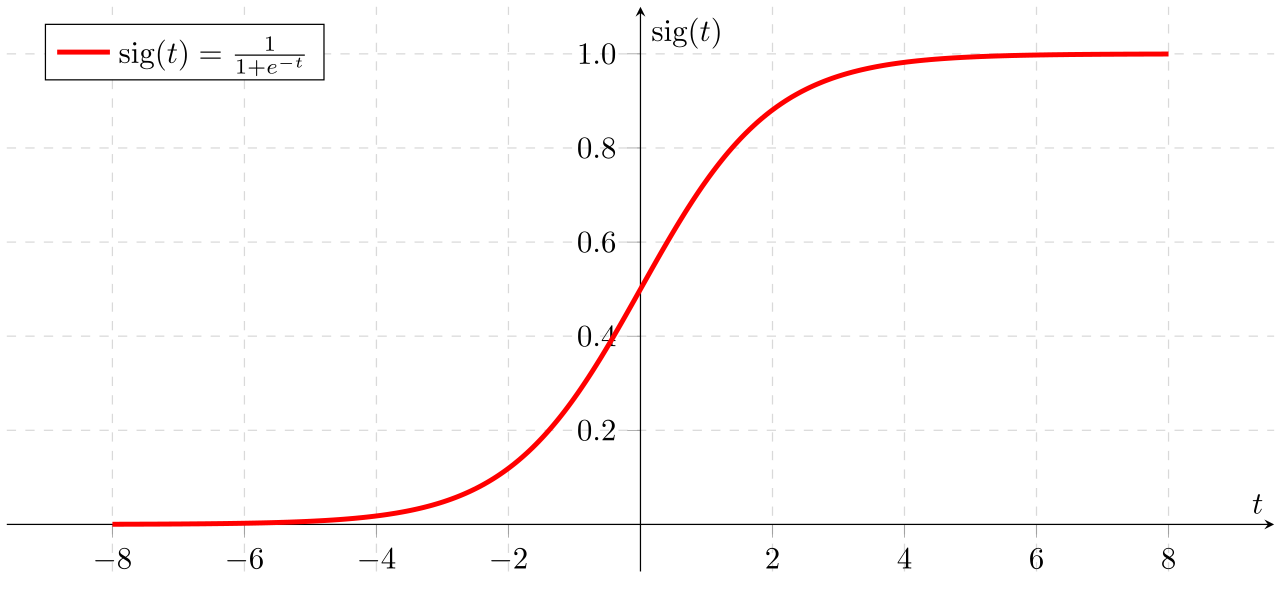Machine learning model to predict the rarity of pokemons using Python and multiple logistic regression.
The original dataset has twelve independet variables: Pokedex Number, Name, Type 1, Type 2, Total Stats, HP, Attack, Defense, Sp. Atk, Sp. Def, Speed, Generation and one output: Legendary.
| # | Name | Type 1 | Type 2 | Total | HP | Attack | Defense | Sp. Atk | Sp. Def | Speed | Generation | Legendary |
|---|---|---|---|---|---|---|---|---|---|---|---|---|
| 1 | Bulbasaur | Grass | Poison | 318 | 45 | 49 | 49 | 65 | 65 | 45 | 1 | False |
| 2 | Ivysaur | Grass | Poison | 405 | 60 | 62 | 63 | 80 | 80 | 60 | 1 | False |
| 3 | Venusaur | Grass | Poison | 525 | 80 | 82 | 83 | 100 | 100 | 80 | 1 | False |
| 3 | VenusaurMega Venusaur | Grass | Poison | 625 | 80 | 100 | 123 | 122 | 120 | 80 | 1 | False |
For this model, the variables Pokedex Number, Name, Type 2, Total and Generation will be ignored, since they are don't affect the final output. Type 1 is a dummy variable, hence the model does his treatment, by One-Hot Encoding them.
After this, since we will be using gradient descent to perform our training, the data normalization should be done, to avoid extra cost in the training algorithm.
| HP | Attack | Defense | Sp. Atk | Sp. Def | Speed | Legendary | type1_Bug | type1_Dark | type1_Dragon | type1_Electric | type1_Fairy | type1_Fighting | type1_Fire | type1_Flying | type1_Ghost | type1_Grass | type1_Ground | type1_Ice | type1_Normal | type1_Poison | type1_Psychic | type1_Rock | type1_Steel | type1_Water |
|---|---|---|---|---|---|---|---|---|---|---|---|---|---|---|---|---|---|---|---|---|---|---|---|---|
| 0.1732283464566929 | 0.23783783783783785 | 0.19555555555555557 | 0.29891304347826086 | 0.21428571428571427 | 0.22857142857142856 | 0.0 | 0.0 | 0.0 | 0.0 | 0.0 | 0.0 | 0.0 | 0.0 | 0.0 | 0.0 | 1.0 | 0.0 | 0.0 | 0.0 | 0.0 | 0.0 | 0.0 | 0.0 | 0.0 |
| 0.23228346456692914 | 0.3081081081081081 | 0.2577777777777778 | 0.3804347826086957 | 0.2857142857142857 | 0.3142857142857143 | 0.0 | 0.0 | 0.0 | 0.0 | 0.0 | 0.0 | 0.0 | 0.0 | 0.0 | 0.0 | 1.0 | 0.0 | 0.0 | 0.0 | 0.0 | 0.0 | 0.0 | 0.0 | 0.0 |
| 0.3110236220472441 | 0.41621621621621624 | 0.3466666666666667 | 0.4891304347826087 | 0.38095238095238093 | 0.42857142857142855 | 0.0 | 0.0 | 0.0 | 0.0 | 0.0 | 0.0 | 0.0 | 0.0 | 0.0 | 0.0 | 1.0 | 0.0 | 0.0 | 0.0 | 0.0 | 0.0 | 0.0 | 0.0 | 0.0 |
| 0.3110236220472441 | 0.5135135135135135 | 0.5244444444444445 | 0.6086956521739131 | 0.47619047619047616 | 0.42857142857142855 | 0.0 | 0.0 | 0.0 | 0.0 | 0.0 | 0.0 | 0.0 | 0.0 | 0.0 | 0.0 | 1.0 | 0.0 | 0.0 | 0.0 | 0.0 | 0.0 | 0.0 | 0.0 | 0.0 |
And know the data is ready to be used, it just needs to be separated between the training and testing dataset, what can be done using sklearn function train_test_split.
In logistic regression the output should not be a continuous value, but one that ranges between 0 (False) and 1 (True). Hence, the output is calculated using a the sigmoid function, that ensures that the final output will be some value between 0 and 1, no matter how big the theta parameters are.
The cost function for logistic regression is very different than those of linear regression, in fact, there are two cost functions, one when y = 0 and one when y = 1. They could be joined together to get the general cost function:
This way, the cost increases exponentially, because he derives from the log function, that punishes bigger errors with bigger costs.
| y = 1 | y = 0 |
|---|---|
 |
 |
For every iteration, the cost function is calculated and should be minimized ultil convergence, a state where almost nothing changes anymore. To minimize the function, the model uses the derivative of gradient descent for each theta parameter, and update all of them simultaneously.
This way, if everything is working and a good learning rate α is chosen, the cost should decrease in every iteration, improving the model accuracy.
The test of the model was made using the dataset that was initially separated from the training set. For the test, the hypothesis of each sample was calculated, based on the theta values generated from training. Then, the algorithm calculates the overallmodel accuracy using sklearn function accuracy_score.
Training the algorithm with α = 0.003 and repeating the process until convergence, the overall model accuracy was 92%.
Once the model is trained, any pokemon can be created and send to the algorithm, that will predict the probability of him being Legendary.
The only thing that you have to do is to edit the predictions file, creating a new line and adding the pokemon stats. The next time that the algorithm run, the pokemon created will be printed in terminal, along with his probability.
Build with:



